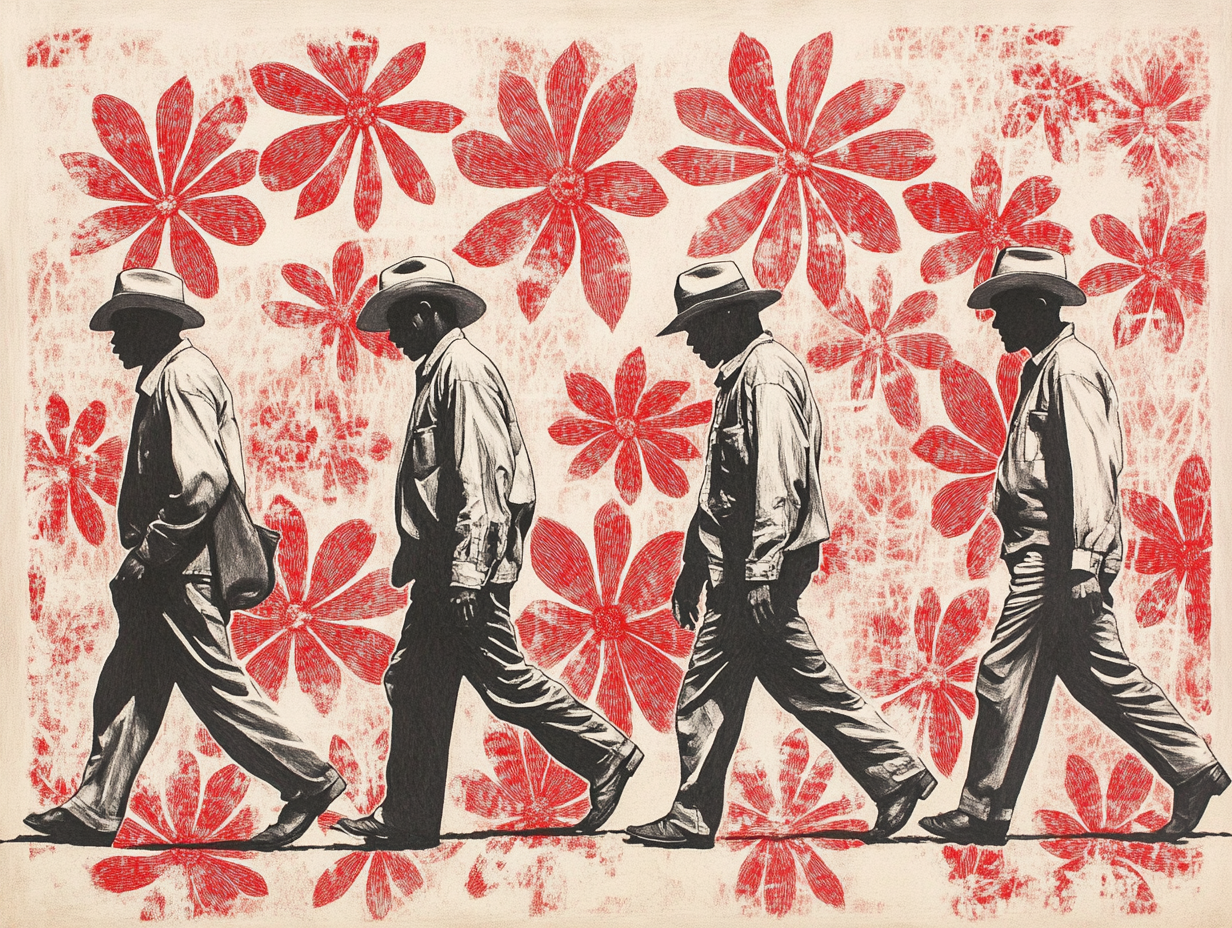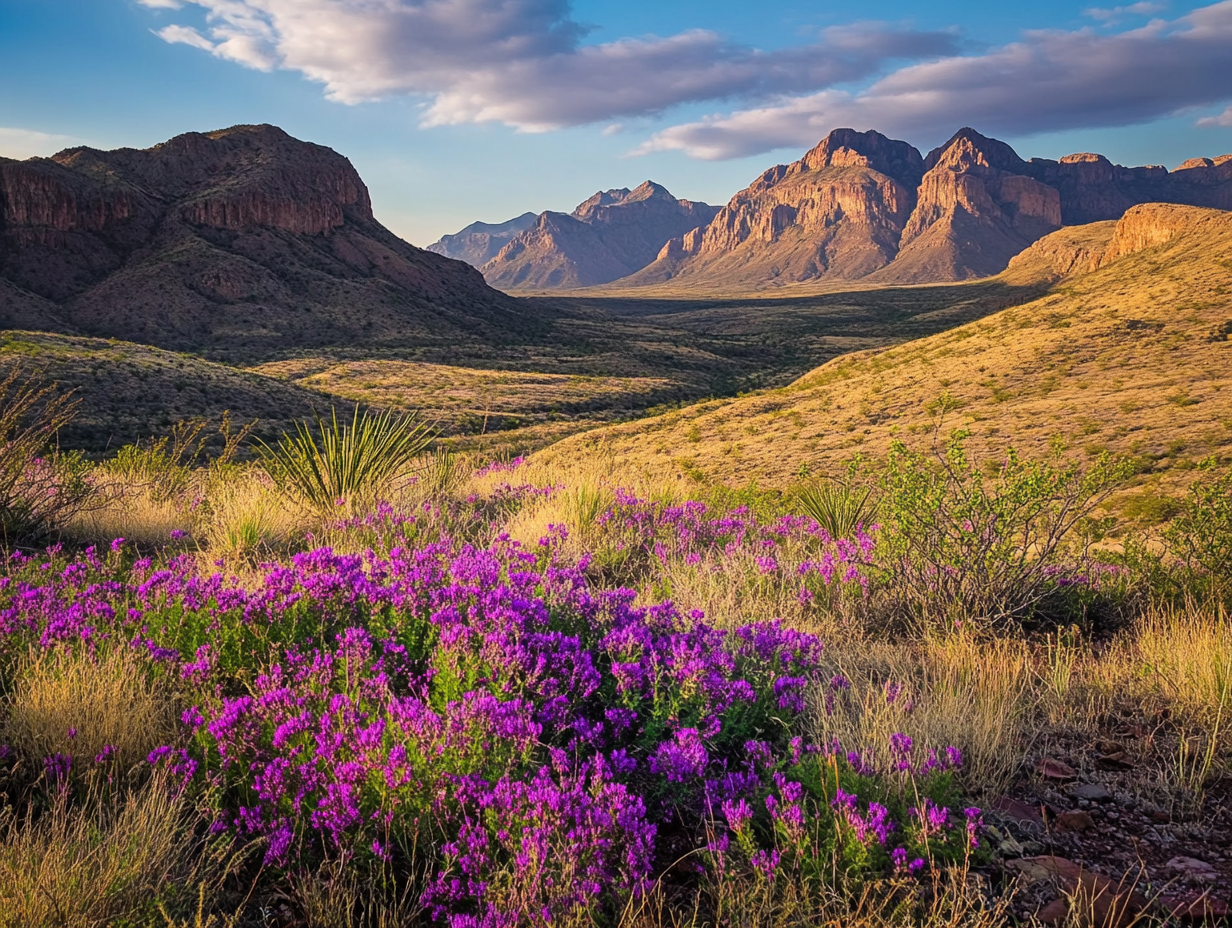The Underground Railroad didn’t just lead north—it also led south. Thousands of enslaved African Americans found freedom in Mexico, where slavery was abolished decades before the U.S. Civil War. This is their untold story.
The Underground Railroad to Mexico: America’s Forgotten Road to Freedom
When we think of the Underground Railroad, the image that comes to mind is often one of fugitives heading north—escaping across rivers, hiding in barns, and slipping across the Canadian border to safety. But there was another, lesser-known route, one that led not to the icy freedom of the north but to the sunbaked lands of Mexico.
It’s a story that has long been overshadowed by its more famous counterpart. Yet, for thousands of enslaved African Americans, the road to liberation didn’t end in Canada—it stretched southward, across the Rio Grande, where slavery had been outlawed since 1829. In the early 19th century, as slave catchers scoured the American South for runaways, an increasing number of escapees risked everything to make their way to Mexico, where they could live not as fugitives, but as free people.
A Different Kind of Underground Railroad
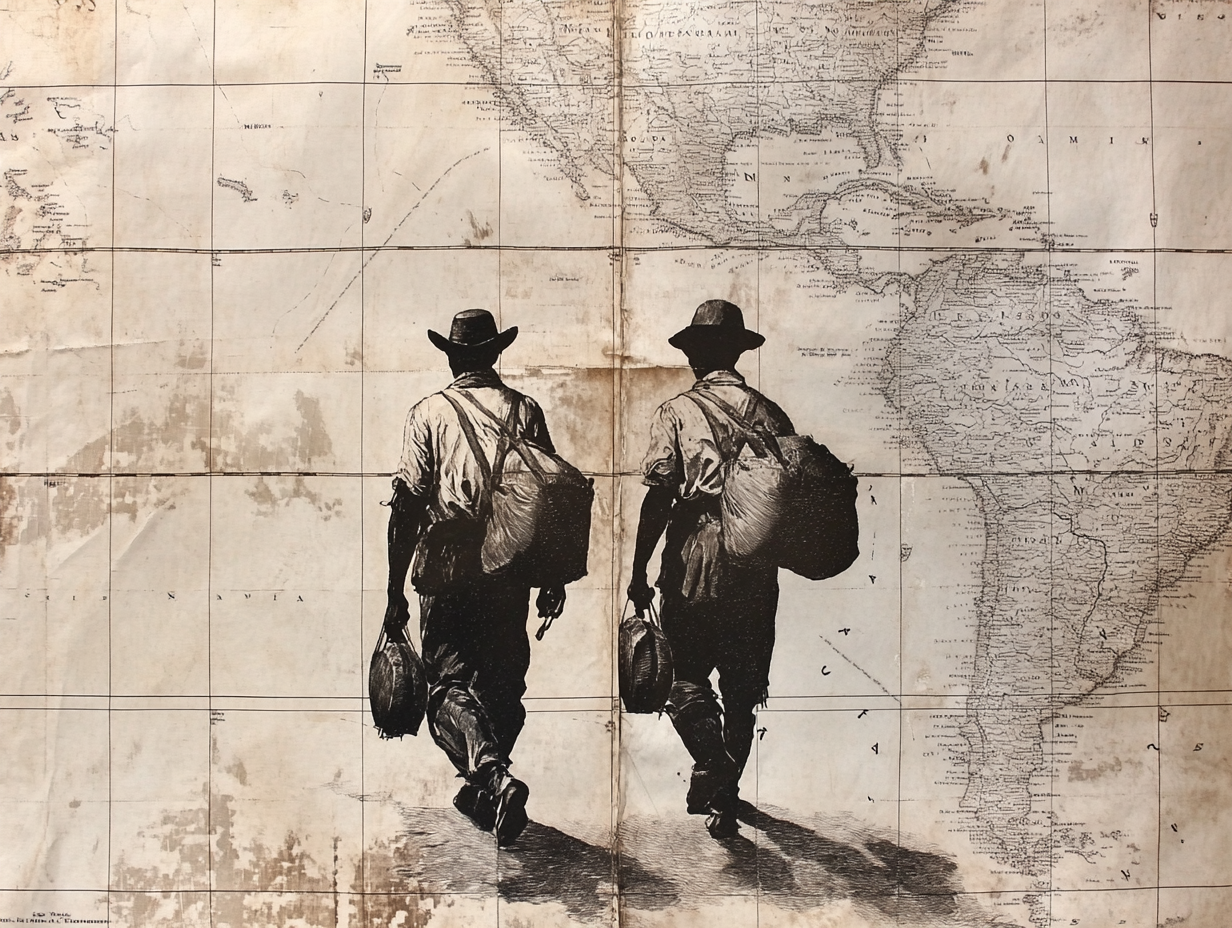
The Underground Railroad to Mexico wasn’t as organized as the one leading to Canada. There were no Harriet Tubmans guiding people along the way, no tightly coordinated network of safe houses. Instead, this was a more fluid and decentralized escape route, often relying on the natural landscape and the help of Indigenous groups, free Black communities, and sympathetic Mexicans.
Texas, which became a state in 1845, was a particularly dangerous place for enslaved people seeking freedom. The Mexican government had abolished slavery in 1829, a move that clashed with the desires of American settlers who had brought enslaved laborers with them into what was then Mexican territory. Even after Texas broke away from Mexico in 1836 and later joined the United States, the anti-slavery stance of Mexico remained a beacon of hope for those desperate to escape bondage.
Crossing the Rio Grande: A Treacherous Journey

The journey south was brutal. Many enslaved people fled plantations in Texas, Louisiana, and Mississippi, moving through swamps, forests, and scorching deserts to reach Mexico. Unlike the northern routes, where conductors and safe houses helped fugitives along the way, those escaping south often had to rely on their own wits and luck.
For those who made it to the Rio Grande, the river served as a final obstacle—and a gateway to freedom. In some cases, Mexican officials and landowners welcomed the fugitives, offering them land and work. In others, local communities helped them integrate into Mexican society, where many took on new identities and built lives as free citizens.
Mexico’s Anti-Slavery Stance
Mexico’s abolition of slavery in 1829 wasn’t just a political move—it was a deeply moral one. The country had been influenced by the revolutionary ideals of independence from Spain, which rejected racial hierarchies and European colonial oppression. While slavery persisted in some isolated pockets, Mexico officially upheld the principle that anyone who set foot on its soil was free.
This policy made Mexico an attractive refuge, but it also created tension between the U.S. and Mexico. American slaveholders saw Mexico as a direct threat to their way of life. Some even launched violent raids into Mexican territory, attempting to capture formerly enslaved people and bring them back to the United States.
Also Read: The Moving History of the Traveling Two-Step
The Role of Indigenous and Black Communities
Indigenous groups, particularly the Seminoles and Kickapoo, played a crucial role in helping escaped slaves find refuge in Mexico. The Black Seminoles—descendants of escaped slaves who had intermarried with Native Americans—were especially instrumental. After fleeing from Florida to Texas and then into Mexico, they settled in areas like Coahuila, where they formed new communities and even served as border scouts for the Mexican government.
These communities provided a unique buffer zone, where African Americans, Indigenous people, and Mexicans coexisted, often resisting American slave catchers together. The Mexican government, recognizing the strategic value of these settlements, sometimes granted land and protection to these groups in exchange for their help patrolling the border.
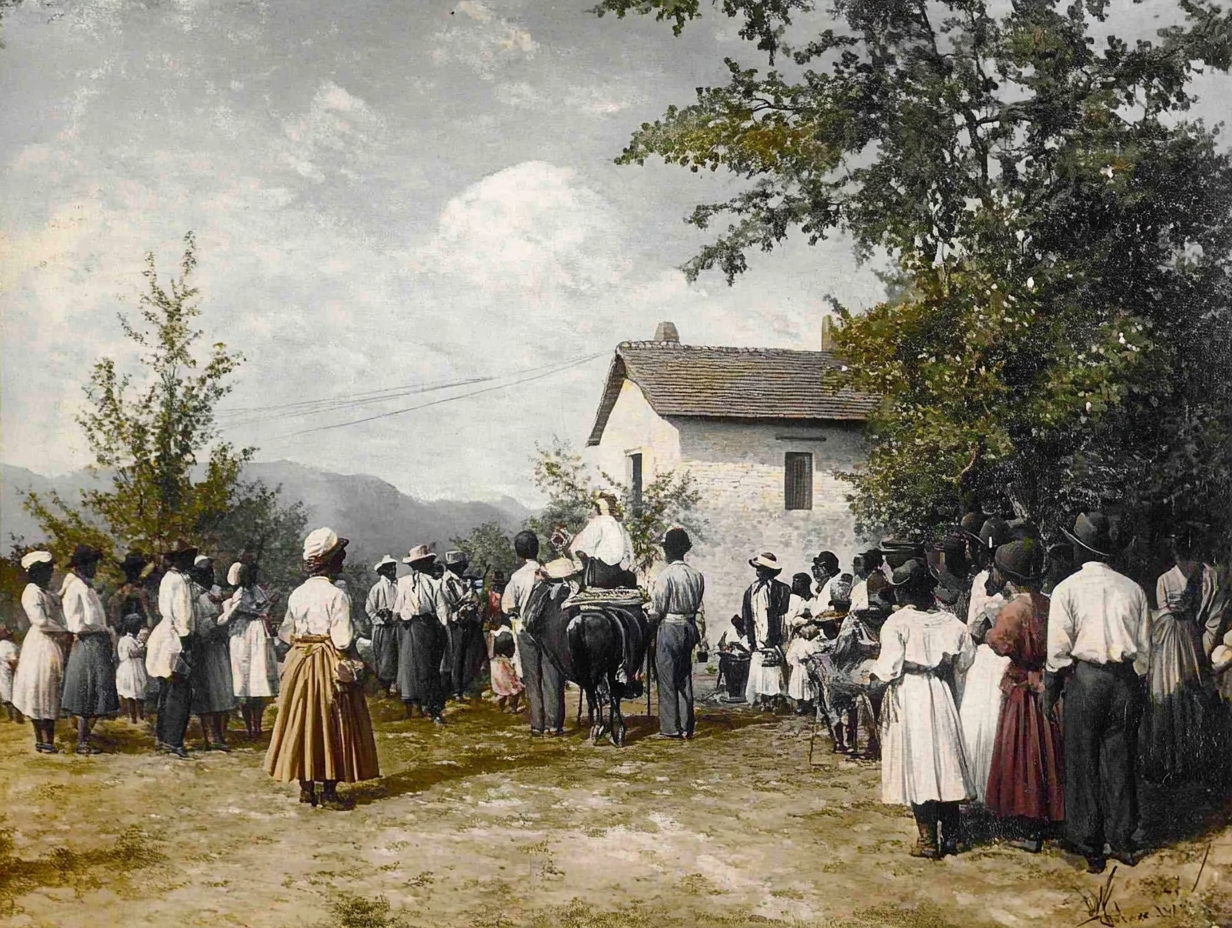
Slave Catchers and U.S. Retaliation
The United States was not pleased with this flow of human freedom across its southern border. American slaveholders pushed the U.S. government to pressure Mexico into returning escaped slaves, but Mexico largely refused. Some slaveholders took matters into their own hands, organizing armed expeditions to recapture escapees. These violent incursions sometimes led to diplomatic conflicts between the two nations, further souring relations leading up to the Mexican-American War (1846–1848).
Despite these threats, Mexico remained committed to its anti-slavery stance. For many escapees, this defiance was a lifeline, offering them a chance to rebuild their lives far from the plantations and brutality of the American South.
Legacy and Forgotten History
The story of the Underground Railroad to Mexico remains largely overshadowed by its northern counterpart. This is partly because the U.S. narrative of abolitionism has long been focused on the heroic struggle in the North, while Mexico’s role as a haven has been overlooked.
Yet, the descendants of those who escaped still live in parts of Mexico today. Communities like Nacimiento de los Negros in Coahuila trace their roots to Black Seminoles and other African American fugitives who found freedom there generations ago. Their culture, language, and traditions stand as a testament to this hidden chapter of history.
Why This Story Matters
Understanding the Underground Railroad to Mexico challenges our conventional narratives about freedom and resistance. It reminds us that the fight against slavery wasn’t just a North-South issue within the U.S.—it was an international struggle. It also highlights Mexico’s role as a sanctuary, complicating the often simplistic portrayals of U.S.-Mexico relations in history books.
Perhaps most importantly, it forces us to rethink what we mean by “underground.” The flight to Mexico wasn’t a well-mapped system of conductors and safe houses, but it was just as crucial in the larger story of resistance against slavery. It was a movement of people risking everything, crossing deserts and rivers, fighting off slave catchers, and carving out new lives in a land that promised freedom.
Where to Visit Vestiges of the Underground Railroad to Mexico
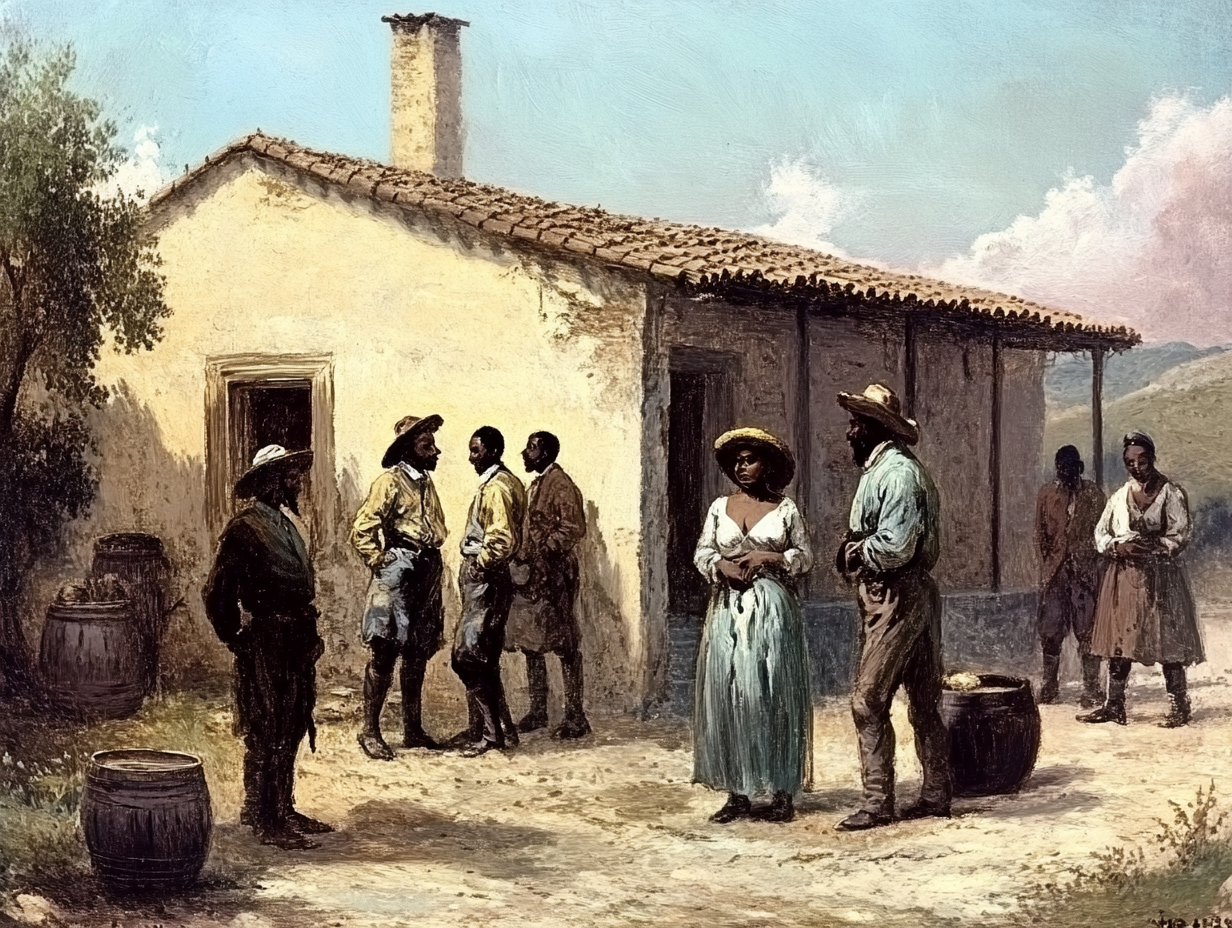
Enslaved African Americans fled plantations in Texas, Louisiana, and beyond, crossing the Rio Grande into Mexico, where slavery was abolished in 1829. Today, several sites in Texas and northern Mexico preserve this hidden history.
Seminole Negro Indian Scout Cemetery (Brackettville, Texas)
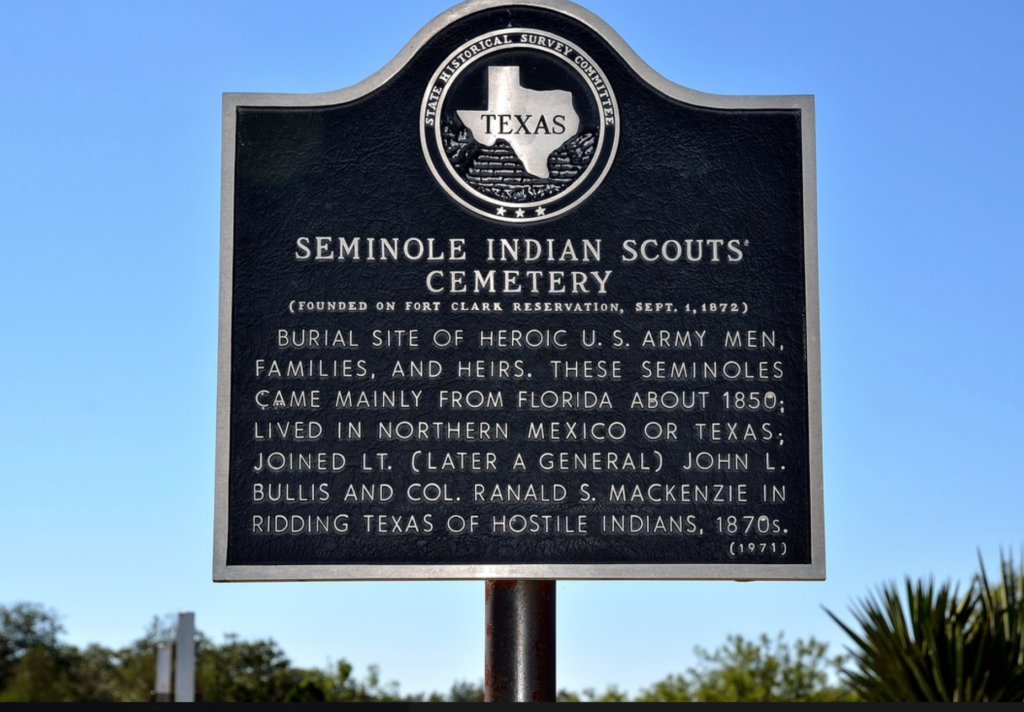
📍 Location: Brackettville, Texas
🔗 Visit Here
This cemetery honors the Black Seminoles—descendants of escaped slaves who first sought refuge in Florida before migrating to Mexico. Many settled in Coahuila before some later returned to Texas, where they served as scouts for the U.S. Army. Their bravery in protecting settlers along the border is commemorated in this historic site.
Nacimiento de los Negros (Coahuila, Mexico)
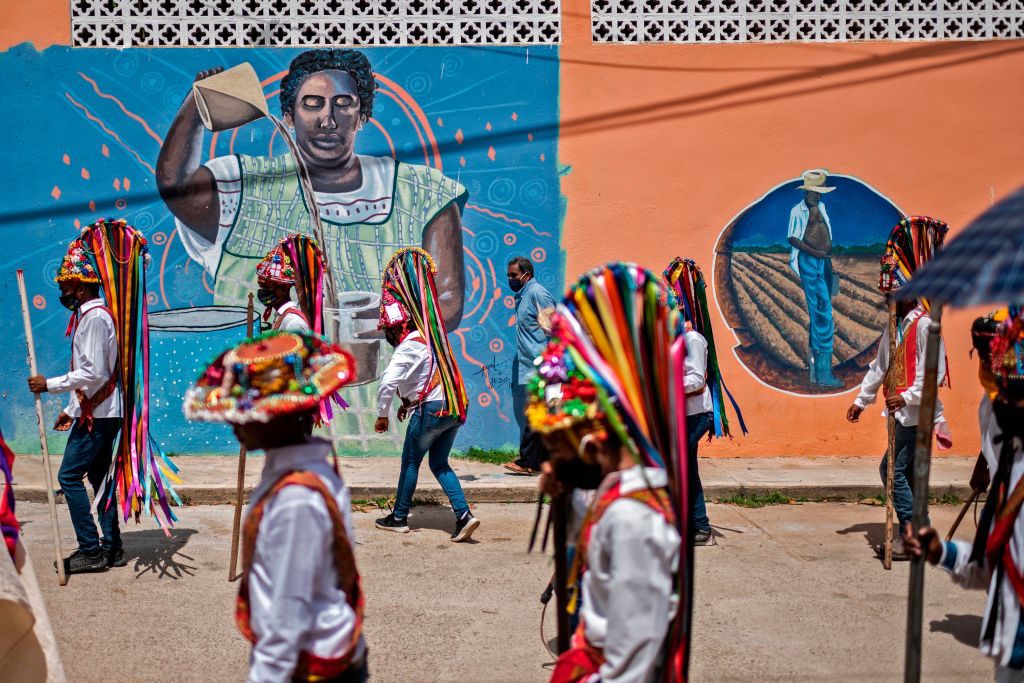
📍 Location: Nacimiento, Coahuila, Mexico
🔗 Visit Here
This remote village was founded by Black Seminoles who escaped slavery and found sanctuary in Mexico. Their descendants still live here today, preserving unique cultural traditions that blend African, Indigenous, and Mexican heritage. Visitors can experience this rich history through local storytelling, festivals, and historical landmarks.
San Fernando de Béxar (San Antonio, Texas)
📍 Location: San Antonio, Texas
🔗 Visit Here
San Antonio played a key role in the Underground Railroad to Mexico. Formerly part of Spanish Mexico, the city served as a critical waypoint for freedom seekers heading south. Missions like San José and Concepción were among the landmarks that marked the path toward liberation.
Rio Grande Crossing (Eagle Pass, Texas & Piedras Negras, Mexico)
📍 Location: Eagle Pass, Texas / Piedras Negras, Mexico
🔗 Visit Here
The Rio Grande was both a physical barrier and a gateway to freedom. Many enslaved people swam or rafted across this treacherous river to reach Mexican territory, where they were protected by anti-slavery laws. Today, the border towns of Eagle Pass (U.S.) and Piedras Negras (Mexico) hold historical significance as key crossing points in the Underground Railroad to Mexico.
Museo de las Culturas Afromestizas (Oaxaca, Mexico)
📍 Location: Oaxaca, Mexico
🔗 Visit Here

